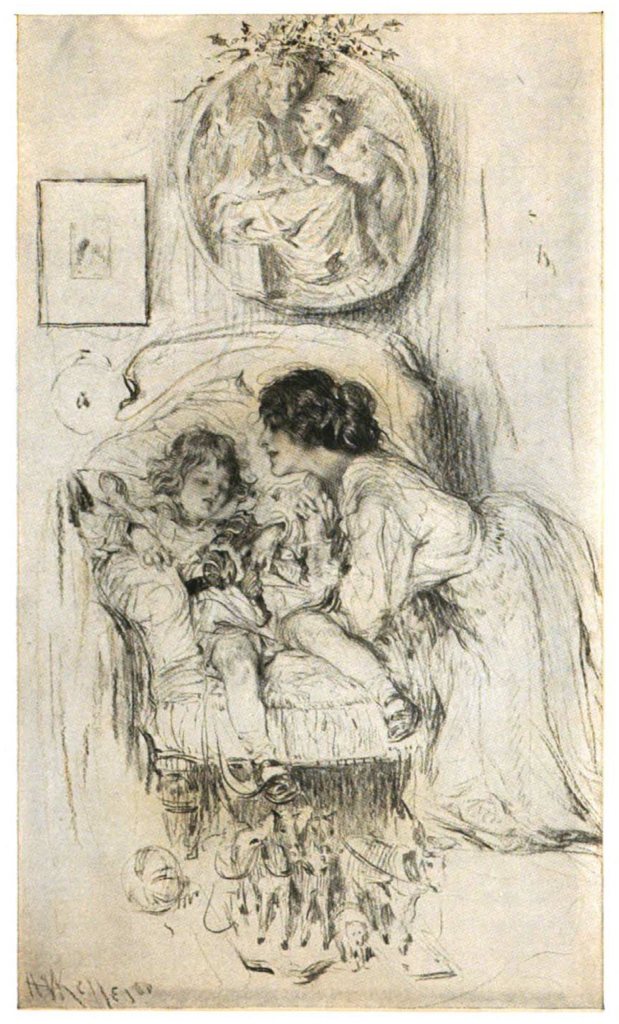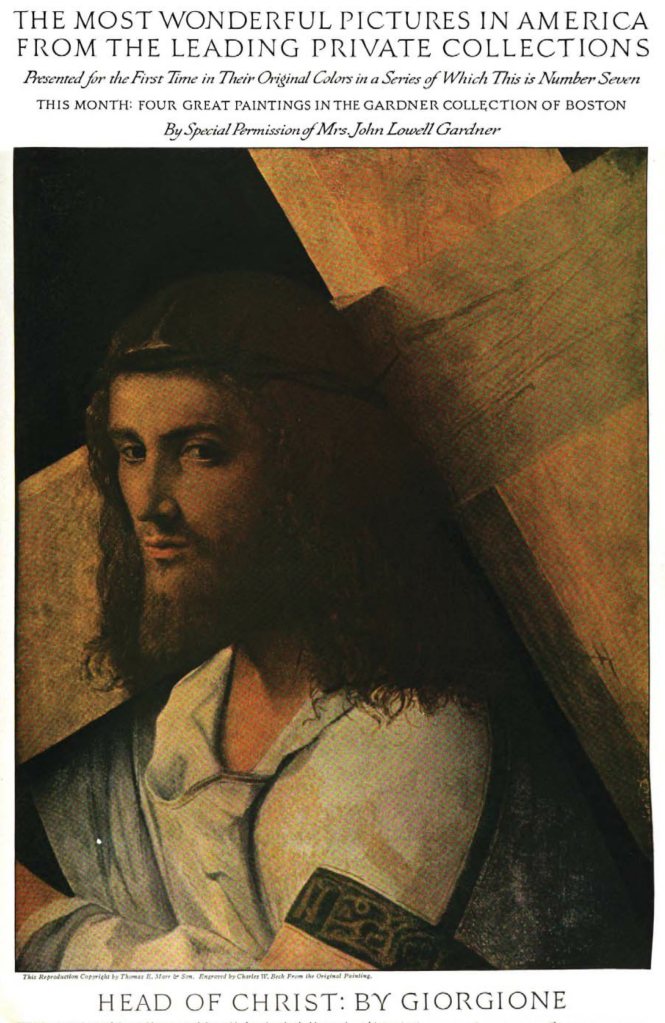In Miss Dee Dunmore Bryant, little Daisy Bryant loved beauty. Even at the tender age of eight she recognized that the home she lived in with her mother, brother and sister was far from beautiful.
The walls of the little cottage were not lathed and plastered; were not even painted; their weather-stained unsightliness had been among Daisy’s trials.
Little Daisy dreamed of covering those unattractive walls with pictures.

Mrs. Bryant laughed. “You dear little dreamer,” she said, “where do you suppose the pictures are to come from, and how much paste and time do you suppose it would take?”
“Oh, but I don’t mean all at once. Be a long, long time, you know; and take just a tiny teaspoonful of flour at a time; we could afford that, couldn’t we? When we found a real pretty picture anywhere, paste it up in a nice place, and in a g-r-e-a-t many months the walls would be covered.”
It was impossible not to laugh at the bright face and dancing eyes, and there was something so funny about it to Line and Ben, that they laughed loud and long.
Mrs. Bryant was the first to recover voice. “It is a pretty thought,” she said, “and I will certainly try to furnish the spoonful of flour for my share; but we have almost no chances for pictures, darling, and I’m afraid you will be old and gray before the walls are covered.”
“Well,” said Daisy cheerily, “then I will put on my spectacles and sit down and enjoy them.”

The first picture to be pasted to the wall was one Daisy’s brother found in a magazine a friend had given him. Magazines in 1890—the year Miss Dee Dunmore Bryant was published—often printed pictures and photographs that were suitable for framing.

In fact, many magazines encouraged readers to clip out pictures and frame them even though the images were in black and white.

Sometimes the images were simply of the latest fashions.

Sometimes the images were of famous people or events.

And other illustrations gave readers a window onto faraway places and the works of popular artists.


By 1910 some magazines began printing two-color pictures. And by 1920 many magazines featured pictures and advertisements in full color. Copies of the Old Masters or religious paintings were very collectable.


While other pictures illustrated places and lifestyles most people could only dream about.

Since magazine issues ranged in price from five to fifteen cents, they were an affordable source for pictures. Unfortunately for Daisy, even five cents was an unattainable sum. So she sacrificed her dream of having a beautiful wall of pictures; but by the end of the book, Daisy and the Bryants would find themselves surrounded by beauty and blessings of a very different kind.
 You can read more about Daisy and her dreams in Miss Dee Dunmore Bryant. Click on the book cover to find out more.
You can read more about Daisy and her dreams in Miss Dee Dunmore Bryant. Click on the book cover to find out more.


Just been reading this sweet story as a free download. Thrilled to know it is part of a little series..